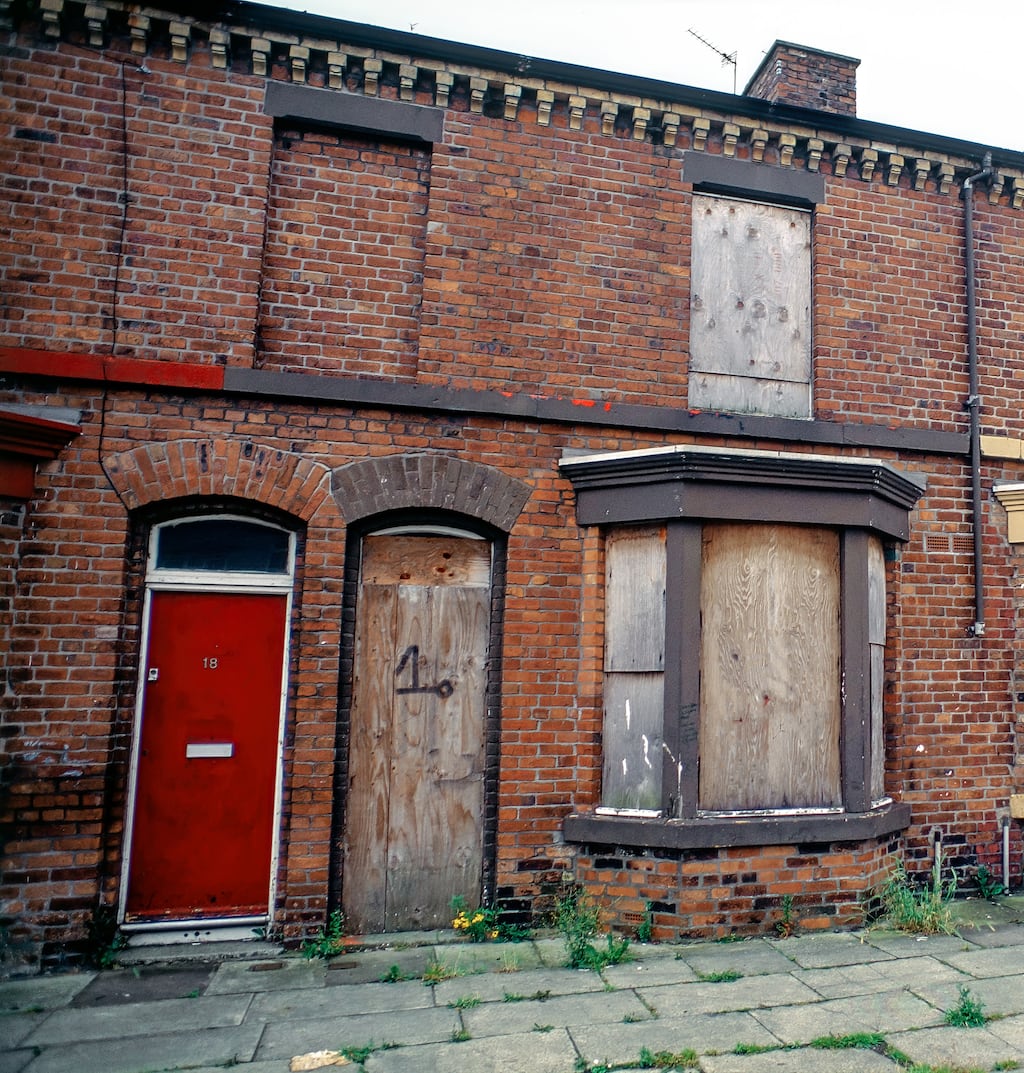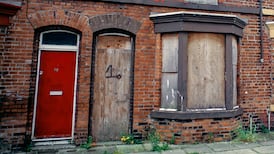My partner and I have a love for older properties and have a dream to buy one and renovate it. We’ve looked at a few older houses in Dublin and found one we are interested in. We also found out from the estate agent that previous buyers had pulled out after getting the survey back. Given that we are looking at an older home and plan to renovate, we don’t expect a “clean bill of health”. But are there specific survey issues that you would consider to be dealbreakers?
Some surveyors pride themselves on writing up a voluminous building survey report on the premise that the more negative the content, the better the report; some clients agree with this approach. A more balanced approach, where the surveyor categorises damage into desirable and essential repairs, is always a better option.
I use a traffic light approach where red-light issues must be addressed, amber issues should be dealt with as part of routine maintenance and the green issues are nice to know.
So, what are the red-light or deal-breaker issues? Some common red-light issues are structural cracking, subsidence, fire compartmentation being non-existent, particularly in apartments or units above the shop, and dampness and timber decay. Some more modern red-light threats include flood risk, a Japanese Knotweed outbreak, and Pyrite in the blocks.
READ MORE
Structural issues are very rare in the standard residential house. In an old building, the building surveyor should be able to distinguish historic settlement from a more serious subsidence issue. In fact, any savvy vendor will have commissioned a vendor’s report on any historic structural issues, certifying satisfactory completion of any remedial works.
This should satisfy most building surveyors. If there is any doubt about the question of subsidence, your building surveyor should recommend a structural engineer and hand over that aspect of the survey to them.
Rising dampness and timber decay go hand in hand in the traditional house, and a building surveyor is well capable of diagnosing this and making recommendations, including a budget for repairs.
It should be noted that rising dampness is very rare in Ireland, the issue almost always being water passing laterally through the wall. The remedy can be as simple as lowering the external ground/path to below the internal finished floor level.
Dry rot terrifies any purchaser; however, it is usually localised and, once the cause can be remedied, it can be successfully repaired. Armed with an estimated remedial cost in the survey, the purchaser can reflect this sum in his or her offer.
A full rewire, the replacement of the plumbing installation or upgrading of a heating system should not be considered deal breakers as far as you are concerned, as you are buying a fixer-upper; you shouldn’t be surprised if such works are required.

Insulation and energy matters are not considered serious defects and can be factored into any refurbishment and improvement programme. They rarely impact significantly on the market value of the property, however, a young couple on a tight budget needs to be aware of the upgrading works ahead of them and some idea what Ber value can be achieved post works.
An unauthorised extension or an alteration to the building could end up being expensive to put right for any new homeowner. Your building surveyor should insist on receiving all certificates of compliance relating to planning permission and building regulations. If none are forthcoming, the purchaser needs to factor in the cost of a potential partial demolition of an extension or the undoing of an alteration that remains non-compliant.
The problems today with an old house that requires refurbishment are that costs have almost doubled in the last 10 to 15 years, regulations have got stricter, and we all want a home worthy of a TV show.
My advice would be to get a detailed survey done and make sensible plans with the budget you have. Start with the essential external envelope works and gradually do the interior as and when required. Your fixer-upper will soon become a home, with the potential to be on Home of the Year at some point.
Pat McGovern is a chartered building surveyor and a member of the Society of Chartered Surveyors Ireland
Do you have a query? Email propertyquestions@irishtimes.com
This column is a readers’ service. The content of the Property Clinic is provided for general information only. It is not intended as advice on which readers should rely. Professional or specialist advice should be obtained before persons take or refrain from any action on the basis of the content. The Irish Times and it contributors will not be liable for any loss or damage arising from reliance on any content













